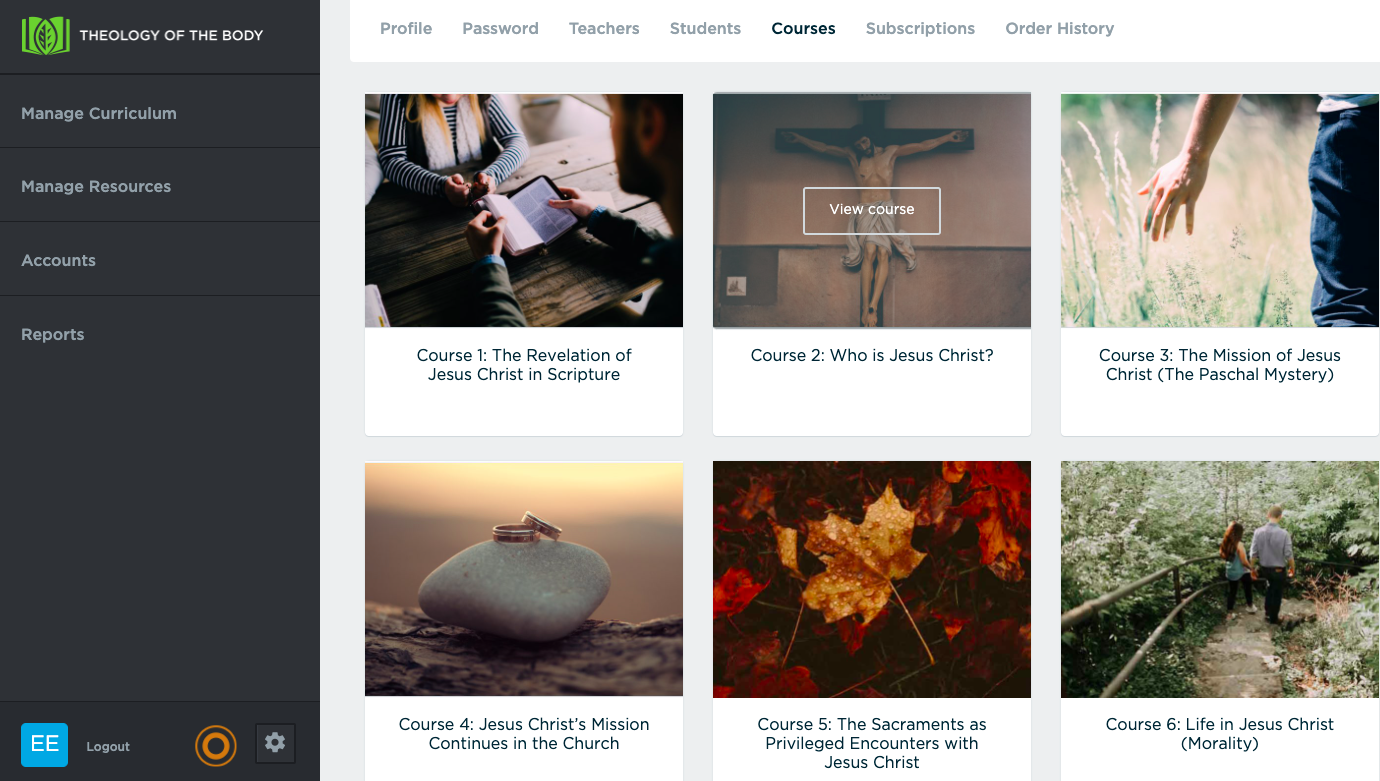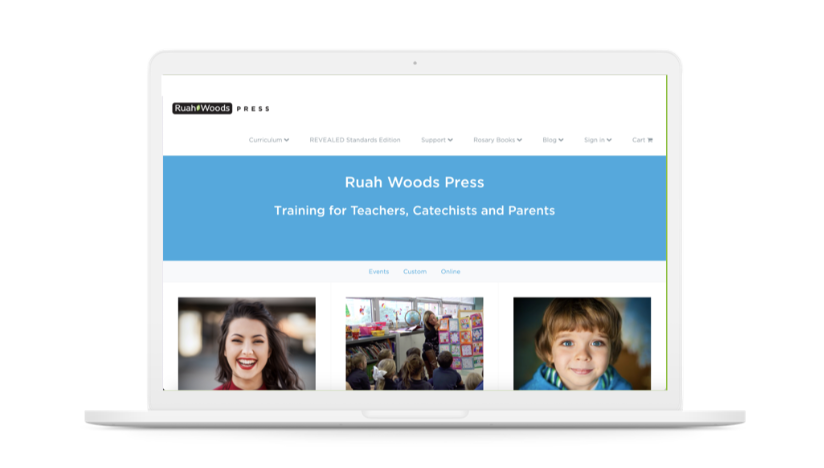Called To be More
Our teens are struggling to find their place in the world. If we want to combat the loneliness and alienation, anxiety and confusion they are facing, we need the life-giving truths found in the teachings of Pope St. John Paul II’s masterwork, The Theology of the Body. We created the Theology of the Body high school curriculum, Called to Be More, to give educators tools and a simple language to help teens become who God made them to be—instead of who the world says they should be. For $10 per student per year (all teachers are free), the administrator of the account will have access to all 8 Courses (one per semester of Grades 9-12).


